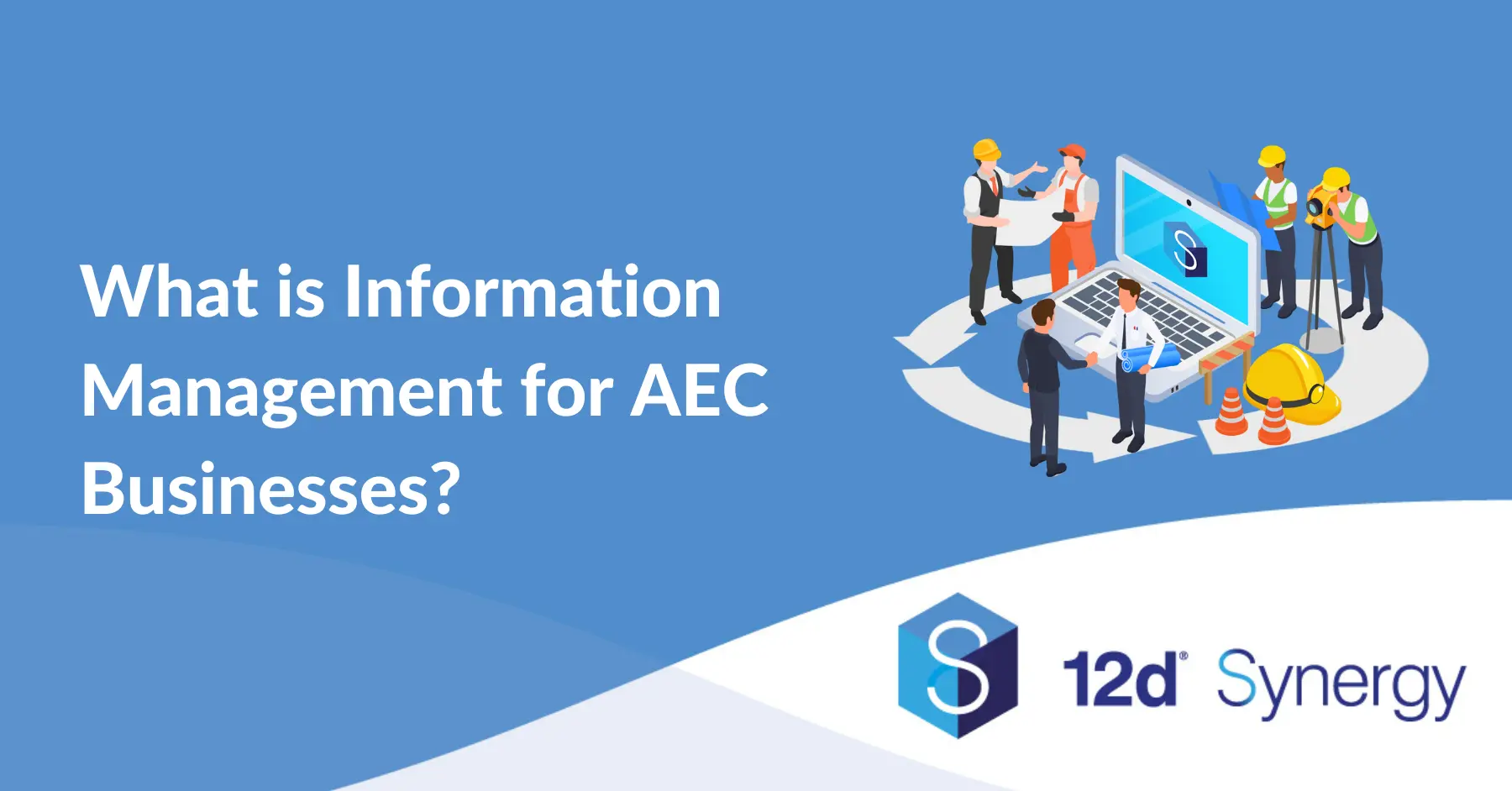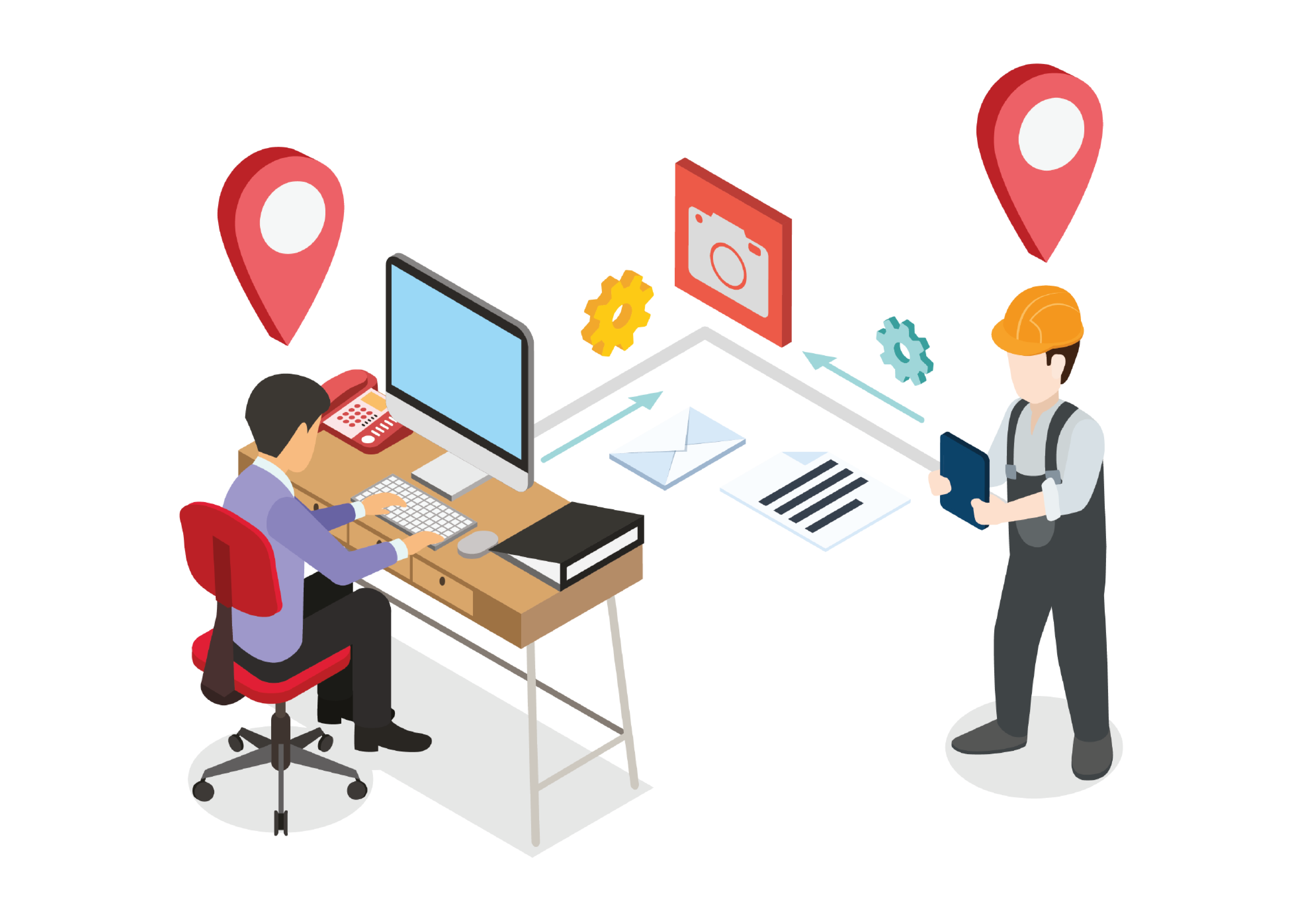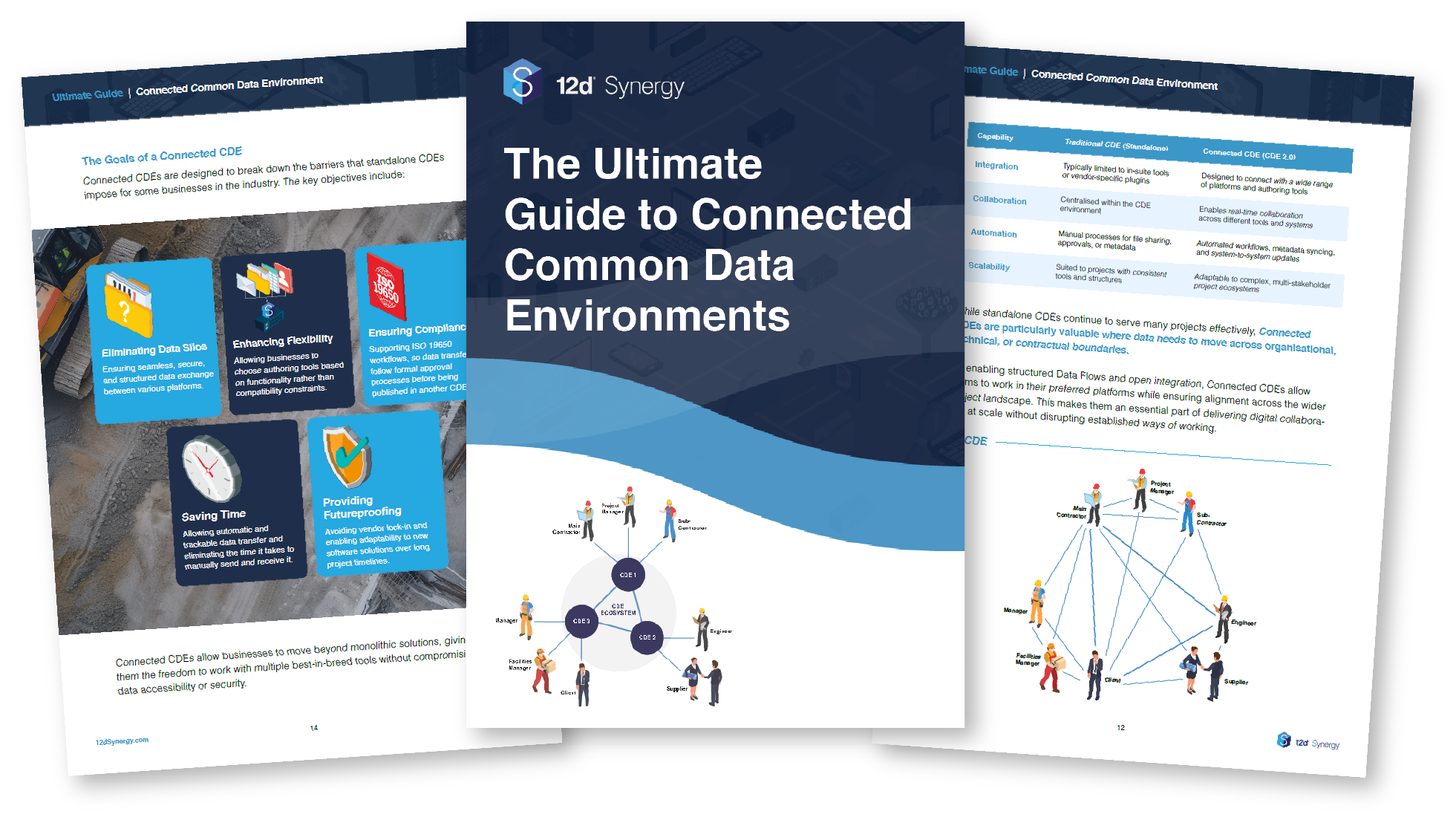What is Information Management for AEC Businesses?

In the architecture, engineering, and construction (AEC) industry, effective information management is just as valuable as bricks, steel, or concrete, and is crucial for project success. With multiple teams working across various locations, the ability to access, store, and share project-related information efficiently can make or break a project. In fact, without the right processes to manage it, even the most well-planned project can derail.
But what exactly is information management in an AEC context, and why is it so important?
Defining Information Management for AEC Firms
Information management in AEC businesses, often referred to as Project Information Management (PIM), is the structured approach to collecting, organizing, storing, retrieving, and distributing project data throughout its lifecycle. It ensures that every stakeholder, from design professionals to contractors, has access to the right information at the right time.
According to Total Synergy, PIM specifically caters to architecture and engineering firms, helping them streamline workflows, improve collaboration, and maintain compliance with industry standards.
At its core, information management is about the right information, to the right people, at the right time.
For Architecture, Engineering, and Construction firms, this involves:
- Capturing project data from multiple sources (design files, BIM models, survey data, specifications).
- Organizing and standardizing it for easy retrieval.
- Sharing it securely between internal teams, contractors, and clients.
- Maintaining accurate records for compliance and future reference.
Unlike generic data management, AEC information management must handle massive file sizes, complex workflows, strict compliance rules, and multiple stakeholders working in different locations.

Why Information Management is Critical for AEC Projects
Poor information management can result in costly rework, delays, and compliance breaches. According to industry reports, construction professionals spend nearly 35% of their time on non-productive tasks – much of it searching for project information or working from outdated documents.
Key benefits of effective information management include:
- Single Source of Truth – Everyone works from the same up-to-date documents and models.
- Improved Collaboration – Seamless sharing between multidisciplinary teams and external partners.
- ISO 19650 Compliance – Aligns with global best practices for managing BIM and project data.
- Reduced Rework and Errors – Accurate data means fewer mistakes.
- Future-Proof Records – Maintains a comprehensive project history for handover and asset management.
The Key Benefits of Effective Information Management
1. Improved Collaboration
With AEC teams often dispersed across multiple locations, a robust information management system ensures seamless communication. Centralized data storage allows architects, engineers, and project managers to work from a single source of truth, reducing errors and miscommunication.
2. Centralized Information
Managing all project-related information in one place eliminates scattered documents, email threads, and version control issues. A structured system makes it easy to access historical project data, improving decision-making and overall efficiency.
3. Risk Mitigation
Poor information management can lead to costly mistakes, contractual disputes, and delays. A structured approach reduces risks by ensuring accurate, up-to-date information is readily available, preventing errors caused by outdated files or miscommunication.
4. Security & Compliance
AEC firms handle vast amounts of sensitive data, including contracts, blueprints, and client information. Secure PIM solutions help businesses meet industry regulations, protect intellectual property, and prevent unauthorized access to critical documents.
5. Enhanced Efficiency
By streamlining data organization, automating workflows, and minimizing time spent searching for information, firms can focus more on design and construction rather than administrative tasks. This leads to faster project completion and improved profitability.

How Project Information Management Works in Practice
An effective AEC information management process typically includes:
- A Common Data Environment (CDE): Centralized cloud or server system for storing, organizing, and sharing all project files.
- Defined Information Standards: Consistent naming conventions, metadata, and version control.
- Access Control: Role-based permissions to keep sensitive data secure.
- Automated Workflows: Notifications, approvals, and audit trails to streamline processes.
- Integration with Project Tools: Connectors for CAD/BIM software, ERP systems, and document management tools, common data environment, and surveying tools.
What’s Damaging the Success of Your Projects?
Many AEC businesses struggle with information silos, outdated processes, and a lack of standardized workflows. Without a fixed, business-wide structure for managing information, projects can suffer from inefficiencies, increased risks, and communication breakdowns.
Implementing a robust information management system can address these challenges by enforcing consistency, improving accessibility, and enhancing transparency across teams.
Information Management and ISO 19650
The ISO 19650 series defines how to manage information over the whole lifecycle of a built asset. For AEC companies, aligning with these standards ensures data is structured, traceable, and interoperable.
In simple terms, ISO 19650 turns information management from an ad-hoc task into a formalized, repeatable process – essential for larger, collaborative projects.
Best Practices for AEC Information Management
- Invest in the Right Technology – Use purpose-built AEC platforms rather than generic file-sharing tools.
- Define Clear Roles – Appoint an Information Manager or BIM Manager to oversee processes.
- Standardize Early – Agree on naming conventions, formats, and file structures at project kick-off.
- Train Your Team – Even the best systems fail if users don’t follow protocols.
- Automate Where Possible – Reduce manual steps to avoid human error.
The Role of Education in Information Management
Technology alone isn’t enough to improve information management. It also requires proper training and adoption. Educating teams on best practices for using PIM solutions, adhering to structured workflows, and maintaining data integrity is critical for long-term success.
In an industry where collaboration and accuracy are paramount, effective information management is no longer optional. By centralizing project data, improving communication, and implementing structured workflows, AEC firms can enhance efficiency, reduce risks, and drive better project outcomes.
Tools for Information Management in AEC
To manage information effectively, AEC businesses often rely on project management software. These tools help organize data, facilitate communication, and streamline workflows.
Project Management Software
Project management software plays a crucial role in information management for AEC businesses. These platforms offer features that help manage schedules, budgets, resources, and more. Some popular project management tools for AEC include:
- Procore: A comprehensive construction management software that offers project management, quality and safety, and financial management features.
- Autodesk BIM 360: A cloud-based platform for construction management that allows teams to collaborate in real time.
- PlanGrid: A construction productivity software that enables teams to manage blueprints, specs, and photos from any device.
Cloud-Based Solutions
Cloud-based solutions are increasingly popular in the AEC industry. They offer several advantages, such as accessibility from anywhere, real-time updates, and secure data storage. Cloud solutions ensure that all stakeholders have the most up-to-date information, facilitating better collaboration.
Document Management Systems
Document management systems (DMS) help AEC businesses store and organize documents efficiently. They offer features like version control, search functionality, and access permissions, ensuring that the right people have access to the right information.
Implementing Information Management Strategies
To implement effective information management strategies, AEC businesses should consider the following steps:
Assess Current Processes
Evaluate current information management processes to identify areas for improvement. This assessment will help determine what tools and strategies are needed to enhance efficiency.
Choose the Right Tools
Select project management software and tools that align with your business needs. Consider factors like ease of use, integration capabilities, and scalability.
Train Your Team
Ensure that all team members are trained on the new tools and processes. Training helps maximize the benefits of information management by ensuring everyone knows how to use the software effectively.
Monitor and Improve
Regularly monitor the effectiveness of your information management strategies and make adjustments as needed. Continuous improvement helps ensure that your processes remain efficient and effective.
Information management is a critical component of successful AEC projects. By leveraging building information management, project management software, and other tools, businesses can enhance collaboration, improve efficiency, and make better decisions. As the AEC industry continues to evolve, effective information management will remain a key factor in delivering successful projects on time and within budget.
Download the Ultimate Guide to Connected CDEs eBook!
Complete the form below to download our in-depth eBook and share it with your team to explore how Connected CDEs can transform your data workflows—when it suits you.
